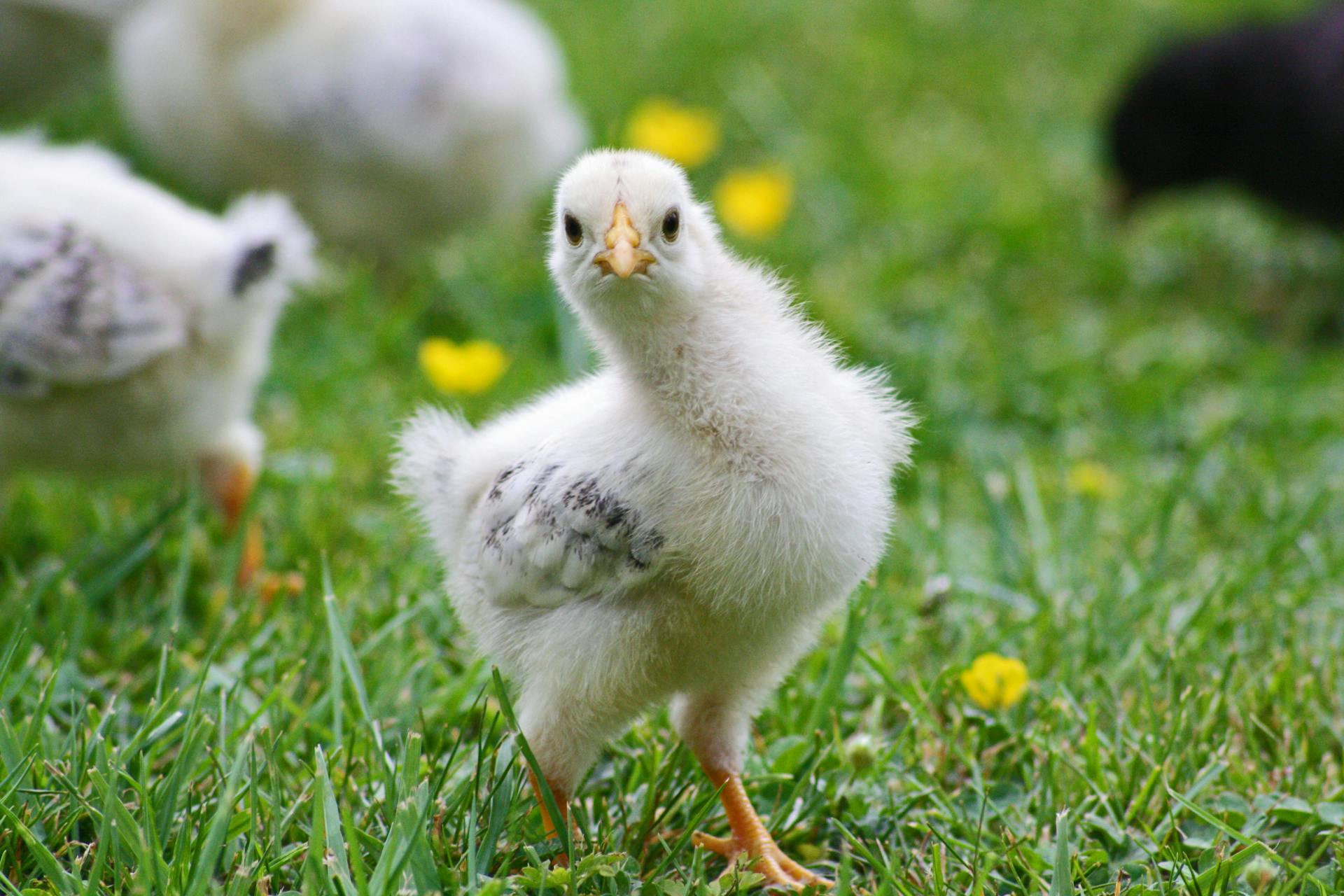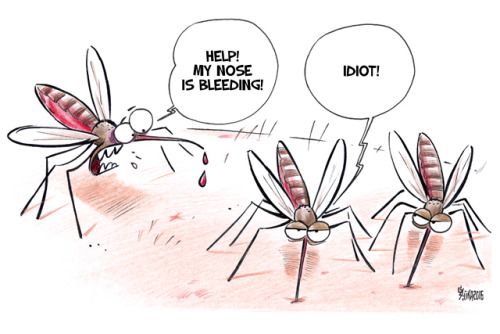
Introduction
Bird flu, scientifically known as avian influenza, is a virus that mainly infects birds but can sometimes spread to humans. Understanding its history, how it spreads, and its effects is crucial for preventing and managing outbreaks.
What is Bird Flu?
Bird flu is a disease caused by influenza viruses that primarily infect birds. While many wild birds carry these viruses without getting sick, domestic birds like chickens, ducks, and turkey, can become very ill when infected.
Who Coined the Term “Bird Flu”?
The term “bird flu” became widely used in the early 2000s during outbreaks of the H5N1 virus. It was popularized by the media to describe avian influenza infections in birds and humans.
First Identified Case:
The first known case of avian influenza was detected in Italy over 100 years ago. However, it wasn’t until 1997 in Hong Kong that the H5N1 strain was identified in humans, marking a significant point in the virus’s history.
Major Outbreaks:
-
1997 Hong Kong Outbreak: The H5N1 strain infected 18 people, leading to 6 deaths. This was the first time bird flu was found to infect humans directly from birds.
-
2003-2004 Asia Outbreak: The H5N1 virus spread across several Asian countries, resulting in the culling of millions of poultry to control the virus.
-
2025 Telangana Outbreak: In early 2025, Telangana, a state in India, reported cases of bird flu, leading to increased surveillance and preventive measures to control the spread.
Transmission:
Bird flu spreads through contact with infected bird saliva, nasal secretions, or feces. Humans can contract the virus through close contact with infected birds or contaminated environments. It’s important to note that human-to-human transmission is extremely rare.
Symptoms in Birds
Infected birds may show signs such as:
- Sudden death without any signs
- Lack of energy or appetite
- Swelling of the head, eyelids, comb, wattles, and hocks
- Purple discoloration of the wattles, comb, and legs
- Decreased egg production or soft-shelled or misshapen eggs
- Respiratory distress
- Diarrhea
Symptoms in Humans
Humans infected with bird flu may experience:
- Fever
- Cough
- Sore throat
- Muscle aches
- Eye infections
- Pneumonia
- Severe respiratory diseases
Affected Bird Species
While domestic poultry like chickens and turkeys are highly susceptible, bird flu can infect a variety of bird species, including ducks, geese, and swans. Wild birds often carry the virus without appearing sick but can spread it to domestic birds.
Geographical Origin
Bird flu viruses have been found worldwide, but the H5N1 strain that caused significant concern originated in Asia, particularly in countries like China and Vietnam.
Impact on the Poultry Industry
Bird flu outbreaks have devastating effects on the poultry industry. Infected flocks often need to be culled to prevent the spread of the virus, leading to significant economic losses. For instance, during the 2025 Telangana outbreak, authorities had to cull thousands of birds to contain the virus.
Is It Safe to Eat Poultry Products?
According to the World Health Organization, it is safe to eat properly cooked poultry and eggs. Cooking at temperatures above 70°C (158°F) kills the virus. However, it’s essential to practice good hygiene when handling raw poultry to prevent any potential infection.
Government and Organizational Responses
To control bird flu outbreaks, governments, and organizations implement measures such as:
- Culling infected and exposed birds
- Restricting the movement of poultry
- Conducting surveillance and monitoring
- Educating the public and poultry farmers
- Enhancing biosecurity measures on farms
Recent Telangana Outbreak (2025):
In 2025, Telangana reported cases of bird flu, leading to swift action by authorities. Measures included culling affected birds, setting up surveillance zones, and educating farmers on biosecurity practices to prevent further spread.
Ethical Considerations in Culling:
Culling, or the mass killing of birds, is a common method to control bird flu outbreaks. While effective in preventing virus spread, it raises ethical concerns regarding animal welfare. It’s crucial to ensure that culling is done humanely and consider alternative measures when possible.
Global Impact:
Bird flu has led to the death and culling of millions of birds worldwide. Between 2005 and 2020, approximately 246 million poultry died or were culled due to avian influenza. The virus also poses a threat to wild bird populations and biodiversity.
Preventive Measures:
To reduce the risk of bird flu:
- Avoid contact with wild birds or their droppings
- Practice good hygiene when handling poultry
- Cook poultry products thoroughly
- Report sick or dead birds to local authorities
Conclusion:
Bird flu remains a significant concern for both animal and human health. Understanding its transmission, symptoms, and preventive measures is essential for controlling outbreaks and minimizing its impact on society.
FAQs
-
Can humans catch bird flu?
- Yes, but it’s rare. Human infections occur through close contact with infected birds or contaminated environments.
-
Is it safe to eat chicken during a bird flu outbreak?
- Yes, if it’s properly cooked. Cooking poultry at temperatures above 70°C (158°F) kills the virus.
-
What are the symptoms of bird flu in humans?
- Symptoms can range from mild respiratory issues to severe pneumonia and fatigue.
-
How do authorities control bird flu outbreaks?
- Measures include culling infected birds, restricting poultry movement, and enhancing biosecurity on farms.
-
Which countries have been most affected by bird flu?
- Countries in Asia, such as China and Vietnam, have experienced significant outbreaks.
Thesaurus
- Avian: Relating to birds.
- Influenza: A viral infection affecting the respiratory system.
- Culling: The process of selecting and removing weak or diseased animals from a group.
- Pathogenic: Capable of causing disease.
- Biosecurity: Procedures intended to protect humans or animals against disease.
- Reservoir: A population or environment in which an infectious pathogen naturally lives and reproduces.
- Zoonotic: A disease that can be transmitted from animals to humans.
- Epidemiology: The study of how diseases spread and can be controlled.
- Hygiene: Conditions or practices conducive to maintaining health and preventing disease.
- Surveillance: Close observation, especially of a suspected spy or criminal, or in this context, monitoring disease spread.
- Disinfection: The process of cleaning something to destroy bacteria.
- Mutation: A change in the genetic material of an organism, often leading to new traits or characteristics.
- Quarantine: Isolation of individuals or animals to prevent the spread of disease.
- Outbreak: A sudden increase in the occurrence of a disease in a particular time and place.
- Strain: A genetic variant or subtype of a microorganism, such as a virus or bacteria.
- Immunity: The ability of an organism to resist infection.
- Pandemic: A disease outbreak that spreads across multiple countries or continents.
- Vector: An organism that transmits disease.
- Incubation Period: The time between exposure to an infection and the appearance of symptoms.
- Mortality Rate: The percentage of deaths in a population due to a specific disease.
External Links for Further Reading:
- World Health Organization (WHO) – Avian Influenza: https://www.who.int/news-room/fact-sheets/detail/avian-influenza
- Centers for Disease Control and Prevention (CDC) – Bird Flu: https://www.cdc.gov/flu/avianflu/index.htm
- Food and Agriculture Organization (FAO) – Bird Flu Prevention: http://www.fao.org/avianflu/en/
- India’s Ministry of Health & Family Welfare – Avian Influenza Updates: https://www.mohfw.gov.in









